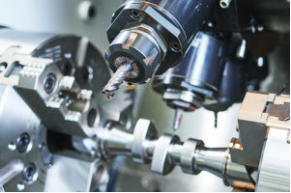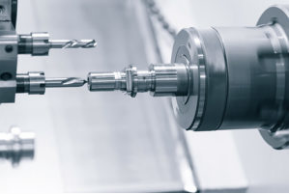Hotest Articles
Summary: CNC machining is one of many manufacturing processes. This article looks at situations in which engineers should choose CNC machining over the alternatives.
CNC machining is a hugely versatile and reliable manufacturing process used for a variety of applications. Whether for prototyping or production, metals or plastics, CNC machining is an essential tool for engineers in manufacturing, automotive, aerospace, medicine, consumer products, and many other industries.
But that doesn’t make CNC an automatic choice for all projects. Several other technologies are also versatile and reliable, and it is sometimes difficult to work out whether CNC offers a more effective option than 3D printing, molding, casting, forging or another process entirely.
All manufacturing processes have their own unique advantages and disadvantages, and choosing the right process involves weighing up those advantages and disadvantages in the context of the project at hand. Sometimes the choice is clear: If you need a small number of solid metal parts with a few precise incisions on its surface, CNC machining is the obvious choice. Whereas if you need a plastic part with an internal lattice pattern, 3D printing is the obvious choice.
Sometimes, however, projects seem equally suited to several manufacturing processes, forcing engineers to come to a more nuanced decision.
So when should you choose CNC machining? This article discusses the specific circumstances in which CNC represents the best way forward.
When to choose CNC machining
To get a general idea of how CNC machining is used in various industries around the world, our guide to Applications of CNC Machining is a good place to start.
Here, however, we look at specific manufacturing demands to which CNC machining is the best solution.
Accuracy: When accuracy or tight tolerances are critical
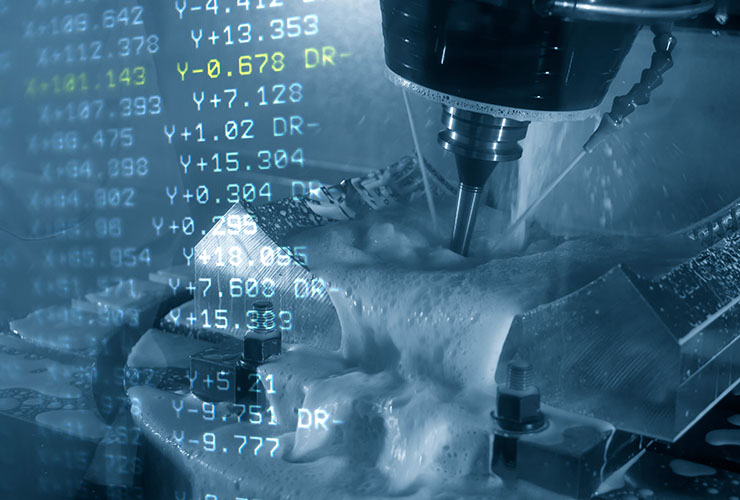
In a straight battle between CNC machining and 3D printing, the former manufacturing process offers superior accuracy and the ability to meet tight tolerances. In fact, few manufacturing techniques come close to CNC in the accuracy stakes.
This means that, even in borderline cases where there are some reasons to choose CNC and some reasons to choose another manufacturing process, CNC can have the edge when accuracy is of high importance.
In general, this is likely to be a key consideration during end-use production, if not so much during prototyping.
CNC machining can achieve tolerances as tight as 0.025 mm — far tighter than any additive manufacturing technology — and should be favored if tolerances must be tighter than ~0.2 mm.
Mechanical properties: When performance matters most
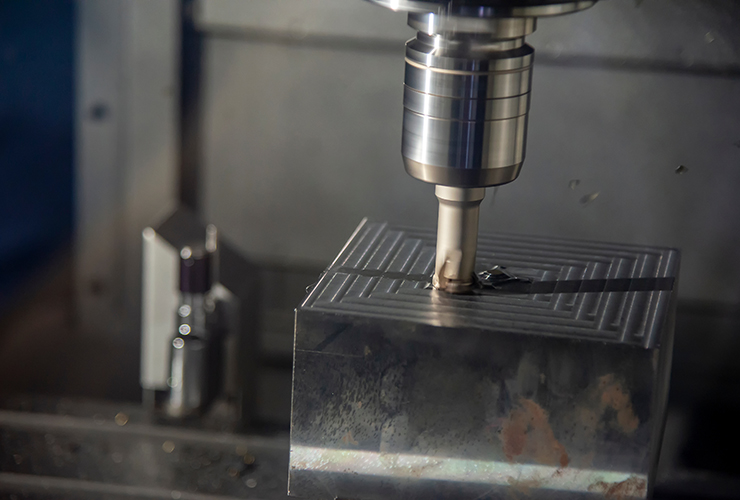
Because CNC machined parts are cut from a solid block of extruded material, they possess excellent mechanical properties. They are also strong in all three dimensions — unlike 3D printed parts, which can be inherently weaker along one axis due to their layered construction.
Machined parts are suitable for end-use in even the most grueling applications. The same cannot be said of all parts made with 3D printing or molded parts with vulnerable joins. So when part performance matters more than, say, budget or turnaround time, CNC is often a better option than the alternatives.
Geometry: When you’re keeping things simple
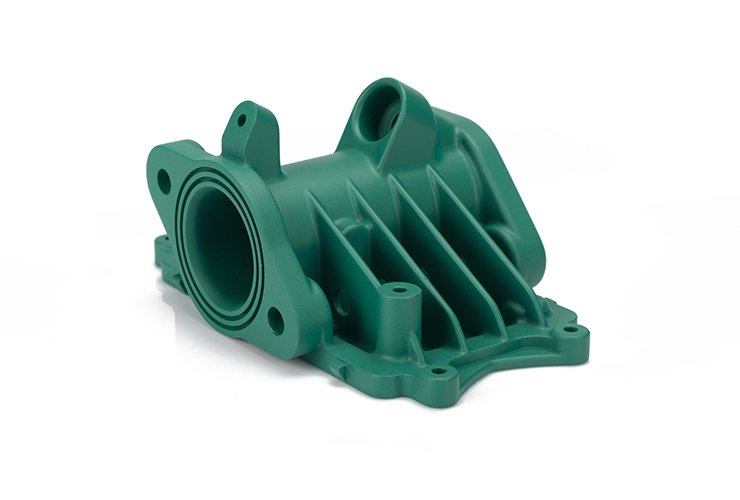
For simple solid shapes, there is rarely any reason to deviate from CNC machining. (Or, depending on the material and unit quantity, from injection molding.) This is due to the aforementioned reasons of accuracy and superior mechanical properties.
Additive manufacturing, the main alternative to CNC machining, is at its most valuable when printing complex geometries that a cutting tool would struggle to trace. However, a simple machined cube with a few surface features will generally have superior mechanical properties than a 3D printed one made from similar materials.
If a part can be made with a CNC machine, there’s a good chance it should be.
Quantity: When you need less than 1,000 units
Order volume is one of the main factors to consider when choosing a manufacturing process. It is impractical to mass-produce parts with a 3D printer, just as it may be economically irresponsible to create a one-off prototype with an injection molding machine.
CNC machining, meanwhile, is suitable for orders of various sizes. It is moderately fast and moderately affordable, which makes it suitable for part quantities of anywhere between one and 1,000 units.
Since CNC does not require tooling, it is suitable for small orders. However, tiny volumes (1-10) of parts — especially plastic ones — may be better suited to 3D printing if accuracy and mechanical properties are not of paramount importance.
On the other end of the scale, CNC ceases to be economical and time-efficient around the 1,000-unit mark. When greater volumes are required, it is probably necessary to employ a mass production process like injection molding.
Budget: When cost is not the deciding factor

CNC machining is not a wildly expensive process, but nor is it the cheapest when the desired outcome is on-the-fly prototypes or very basic products. As such, CNC should be used for prototyping and production projects in which quality is a higher priority than budget.
If the top priority is saving money, it may be better to use a process like 3D printing, which can have very low costs in small quantities, or a forming process like injection molding, which is very affordable in higher quantities.
When to avoid CNC machining
Our advice on when to choose CNC machining should give you a fairly good idea of when to avoid CNC machining. The limitations of the process making it less desirable in situations when complex geometries are required, or when extreme order quantities are needed. The turnaround can also be a factor: if a part is needed within a day or two, 3D printing may be the only viable option.
Materials are also a factor. In general, CNC is suited to a very wide range of materials. However, some present difficulties for a CNC machinist and should be machined only if no other options exist. For example, some ultra-hard superalloys are difficult to penetrate with a CNC cutting tool, while some very soft plastics like polyamide-imides will deform too easily.
To summarize, situations in which it is best to avoid CNC include:
• When low costs are more important than part quality
• When required quantities exceed ~1,000
• When complex geometries are required
• When a non-machinable material is required
• When parts are needed urgently

